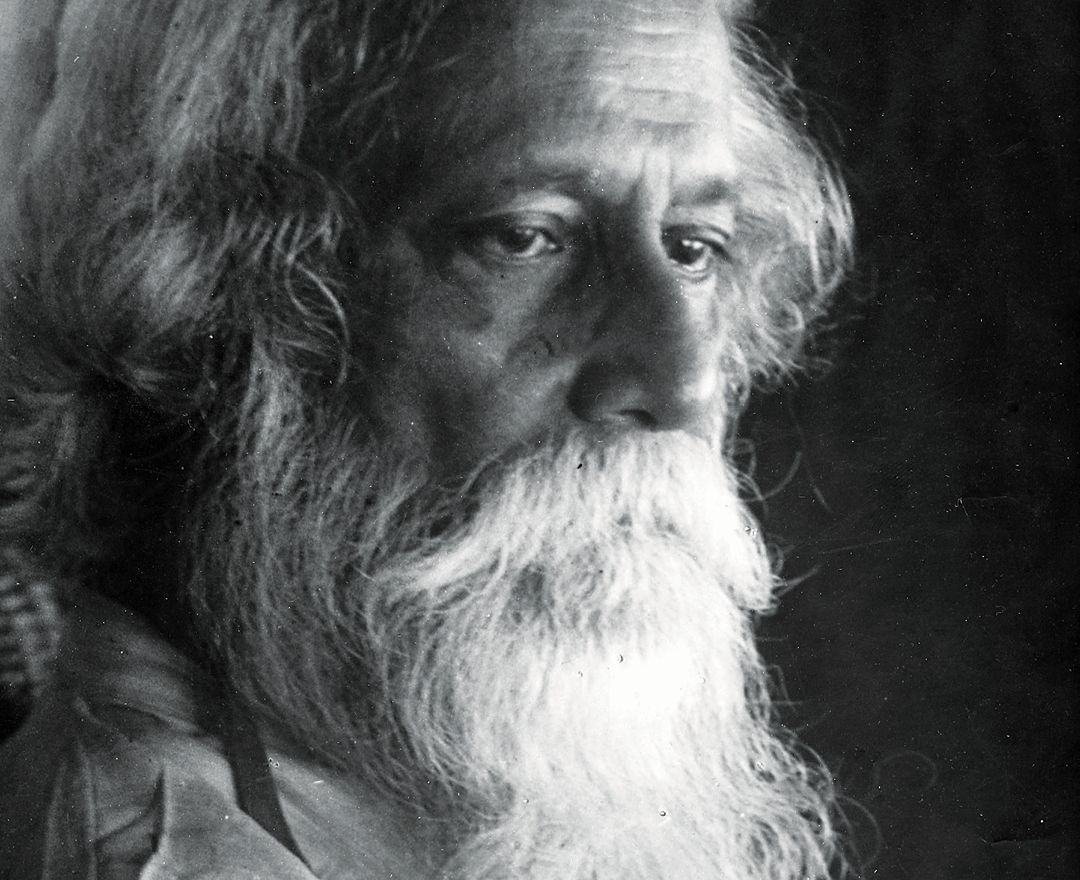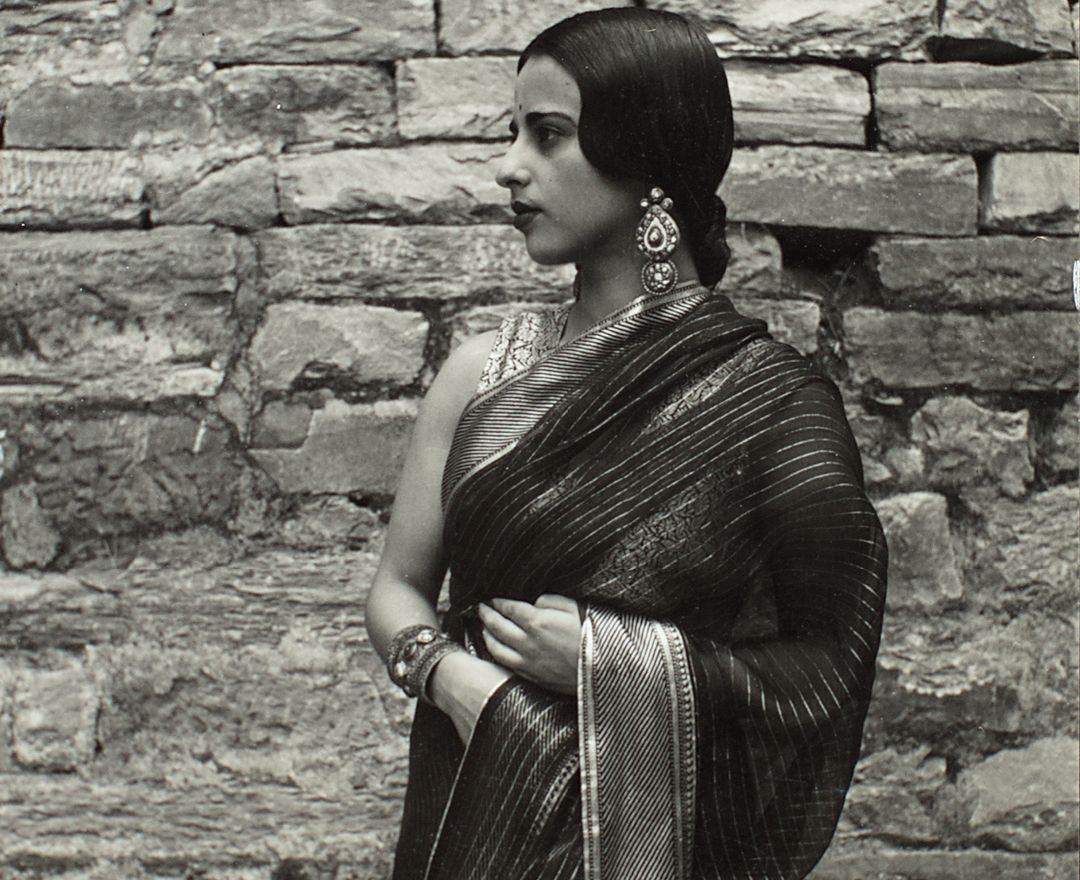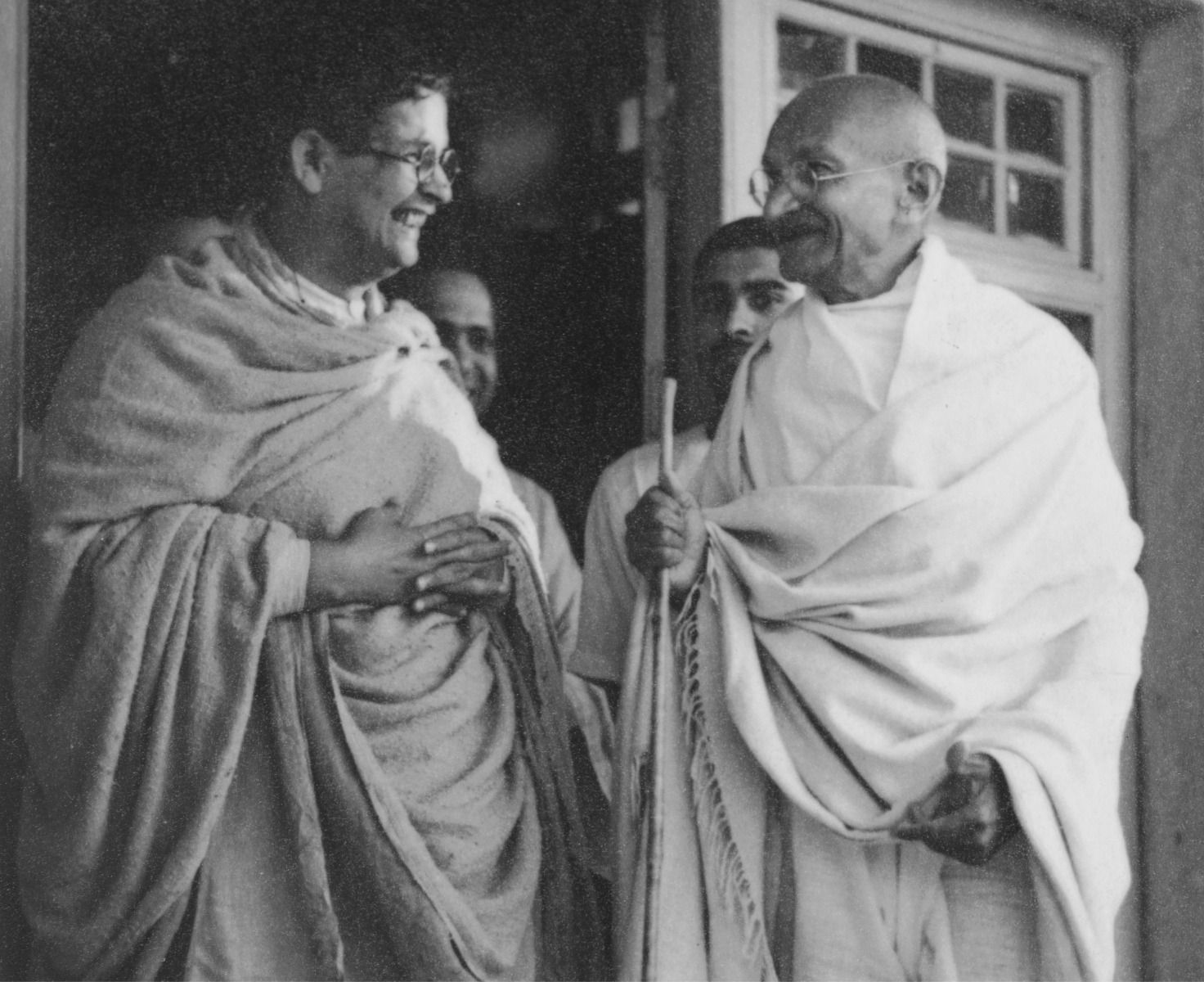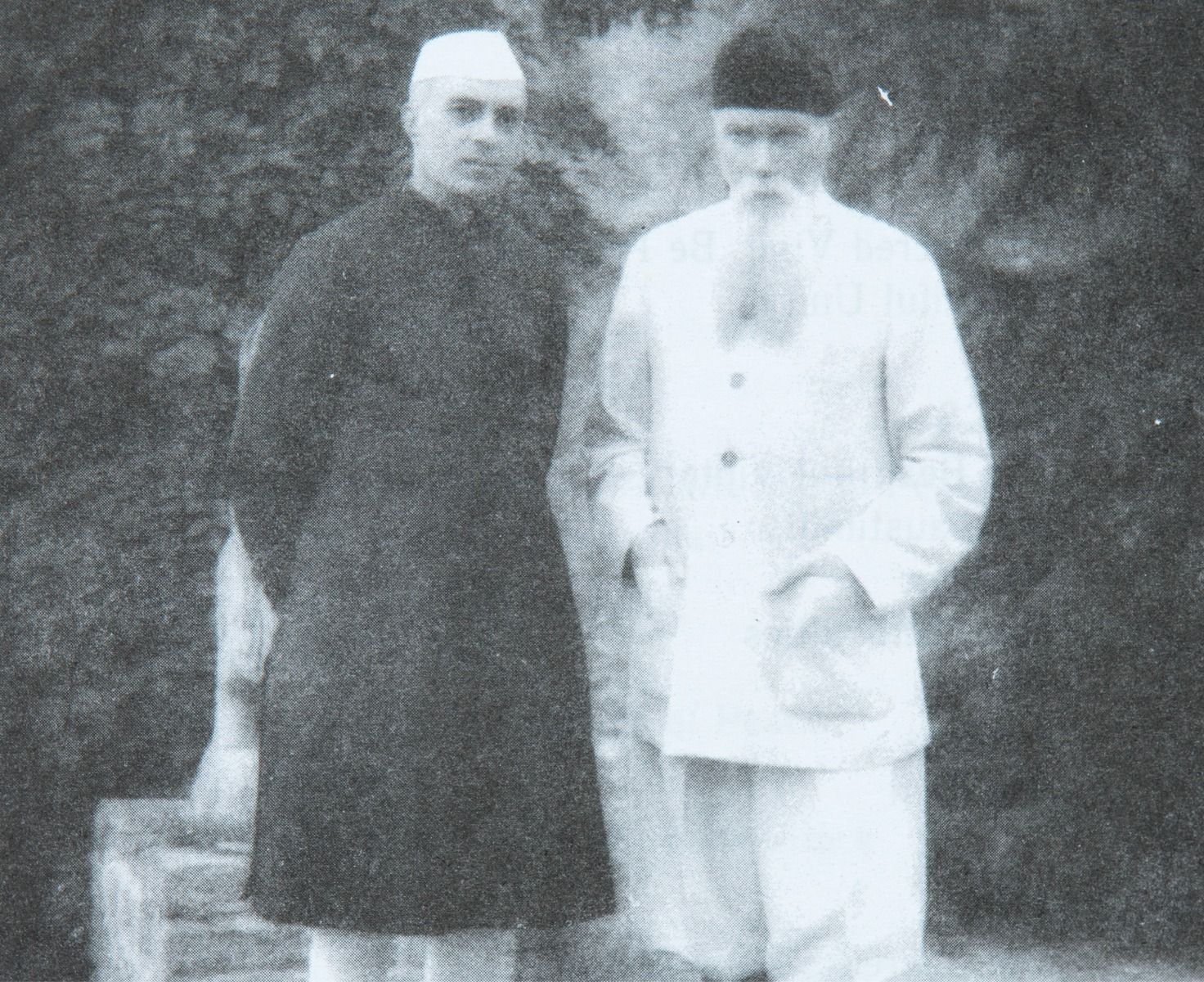RABINDRANATH TAGORE
ASIA’S FIRST NOBEL PRIZE AWARDEE
Artworks dag exhibitions notable collections
|
1861 - 1941 Rabindranath Tagore |

'What is Art? It is the response of man's creative soul to the call of the Real'
RABINDRANATH TAGORE
artworks
dag exhibitions
|
'Faceoff 1900-1980’s: An Exhibition of Indian Old Masters and Moderns' |
|
DAG, New Delhi, 2000 |
|
'Changing Images: An Exhibition of 20th Century Indian Art' |
|
Jehangir Art Gallery, Mumbai; DAG, New Delhi, 2001 |
|
'Poetry and Patriotic Fervour: An Exhibition of Indian Art Pre-Independence' |
|
DAG, New Delhi, 2003 |
|
'Manifestations: Indian Art in the 20th Century' |
|
World Trade Centre, Mumbai; DAG, New Delhi, 2003 |
|
'Manifestations II: Indian Art in the 20th Century' |
|
Jehangir Art Gallery, Mumbai; DAG, New Delhi, 2004 |
|
'Manifestations III: 100 Artists' |
|
Nehru Centre, Worli, Mumbai; Rabindra Bhavan, Lalit Kala Akademi, New Delhi; DAG, New Delhi, 2005 |
|
'Manifestations IV: LXXV Artists' |
|
DAG, New Delhi, 2009 |
|
DAG, New Delhi, 2011 |
|
'Manifestations VIII: 75 Artists, 20th Century Indian Art' |
|
DAG, New Delhi, 2012 |
|
'The Art of Bengal' |
|
DAG, New Delhi, 2012; Mumbai, 2014; New York, 2016-2017 |
|
'Manifestations IX: 75 Artists, 20th Century Indian Art' |
|
DAG, New Delhi, 2013 |
|
'Manifestations X: 75 Artists, 20th Century Indian Art' |
|
DAG, New Delhi, 2013-2014 |
|
'Indian Portraits: The Face of a People' |
|
DAG, Mumbai, 2014 |
|
'20th Century Indian Modern Art' |
|
India Art Fair, DAG Booth, New Delhi, 2014 |
|
'Masterpieces of Indian Modern Art' |
|
DAG, New Delhi, 2016 |
|
'Masterpieces of Indian Modern Art, Edition II' |
|
DAG, New Delhi, 2017 |
|
'The Art of Santiniketan' |
|
DAG, New Delhi, 2015; Mumbai, 2016 |
|
'Ghare Baire: The World, The Home, and Beyond: 18th-20th Century Art in Bengal' |
|
DAG, Kolkata, 2020 |
|
'Iconic Masterpieces of Indian Modern Art' |
|
DAG, Mumbai, 2022 |
notable collections
|
National Gallery of Modern Art, New Delhi |
|
Government Museum and Art Gallery, Chandigarh |
|
Indian Museum, Calcutta |
|
Rabindra-Sadana (Tagore Museum), Santiniketan |
|
Rabindra Bharati University Museum, Calcutta |
|
Victoria & Albert Museum, London |
archival media








